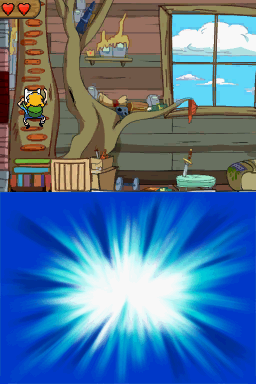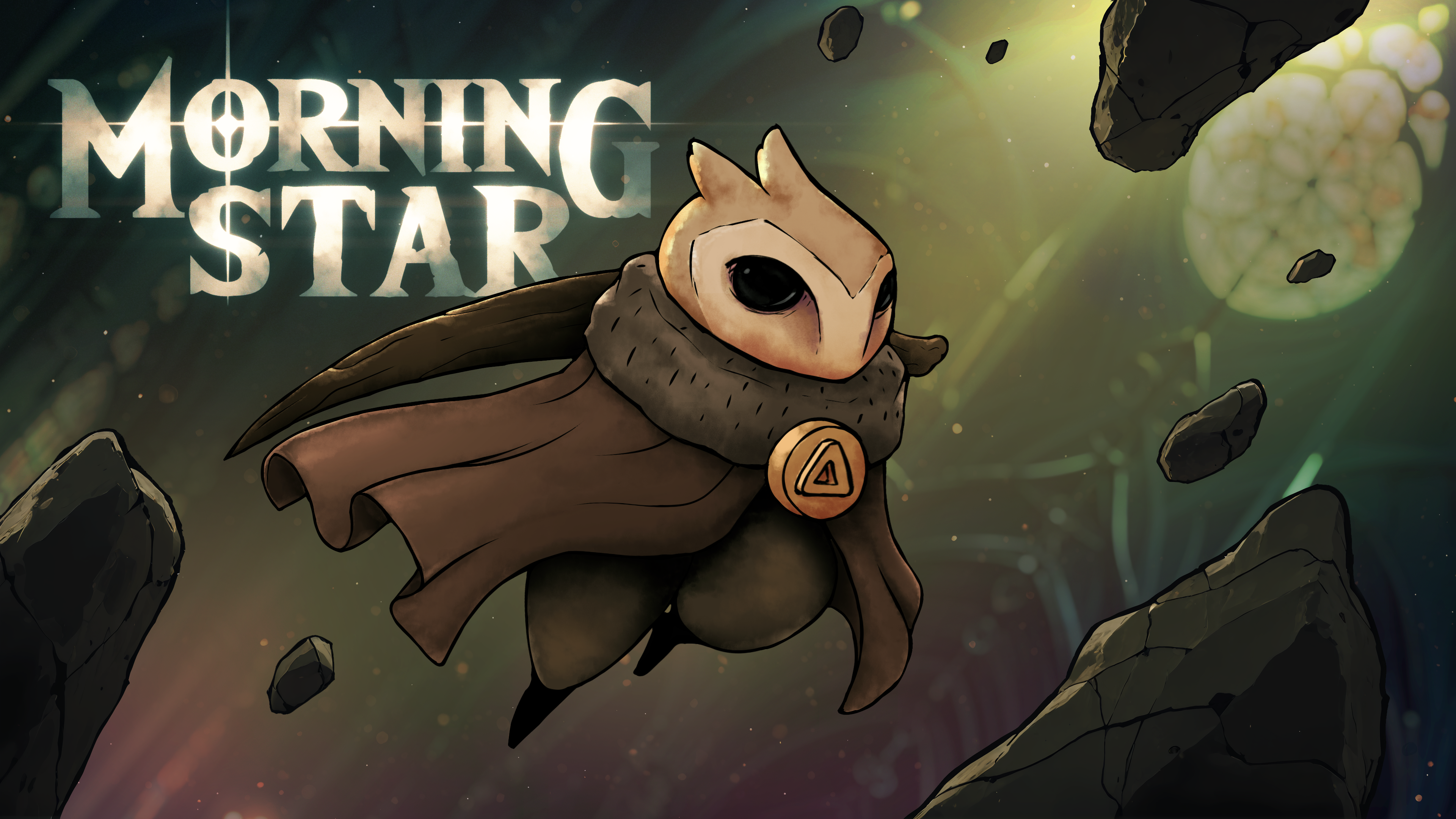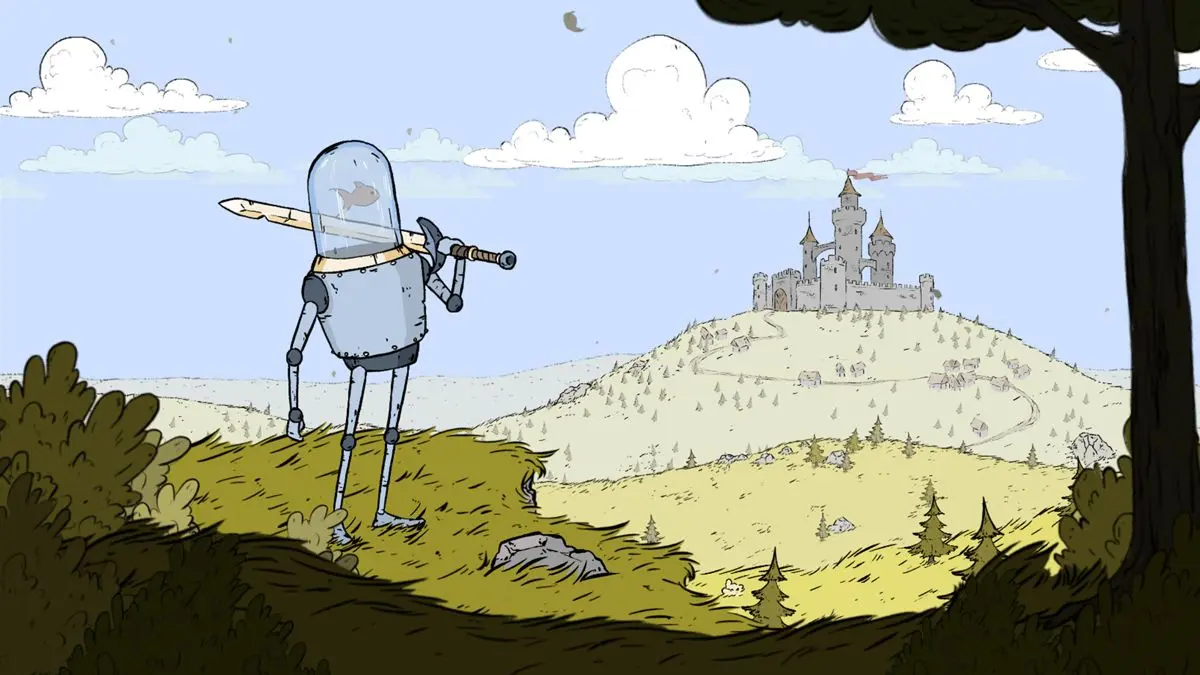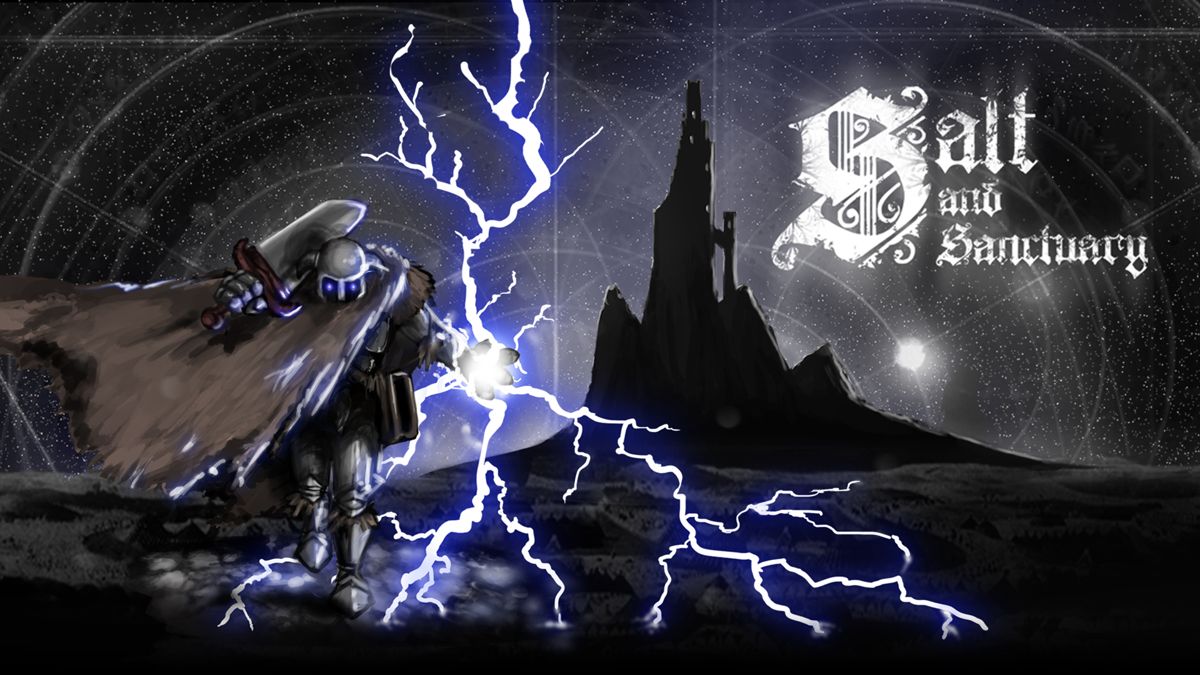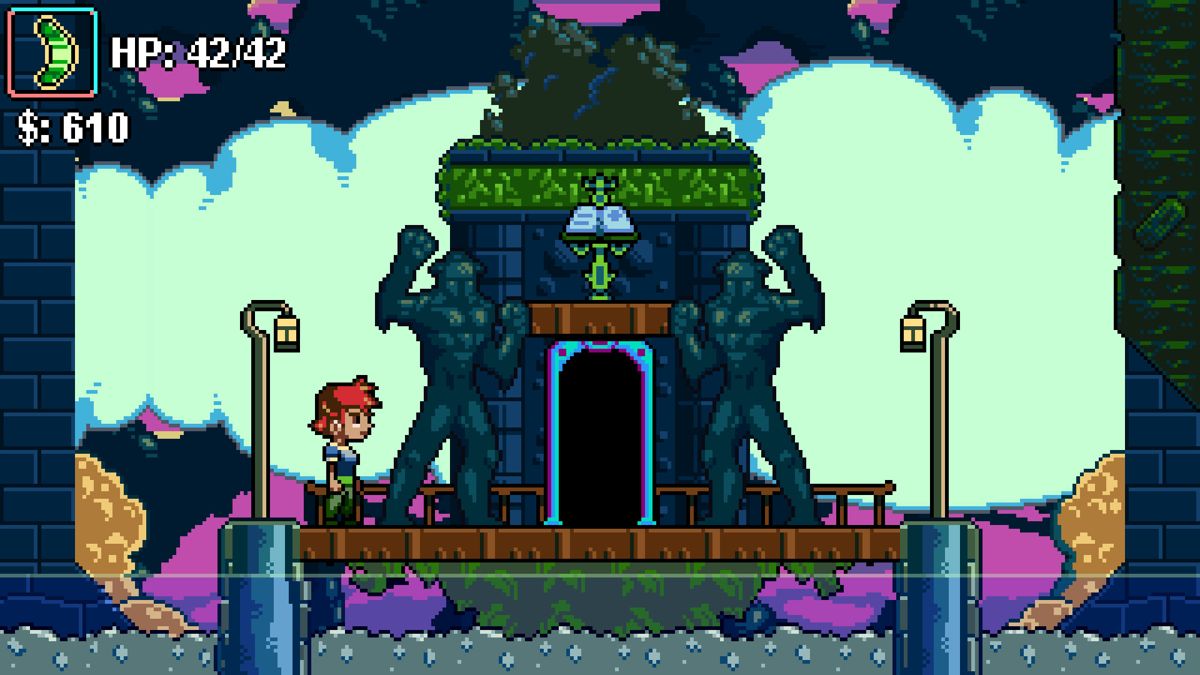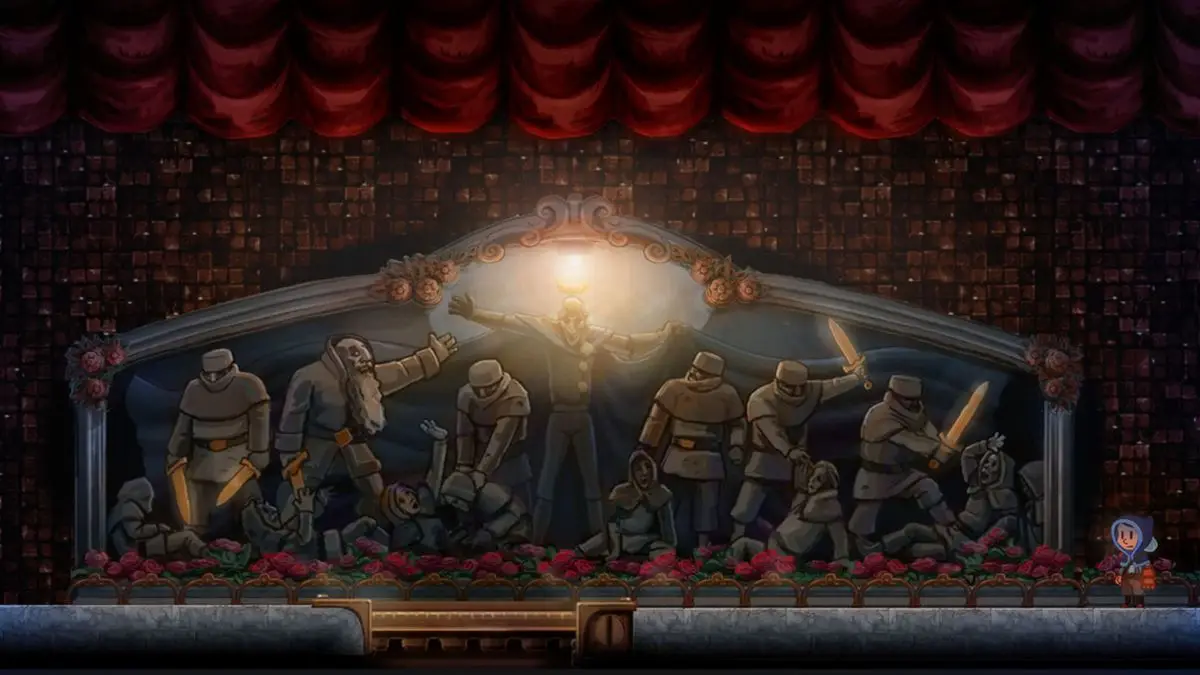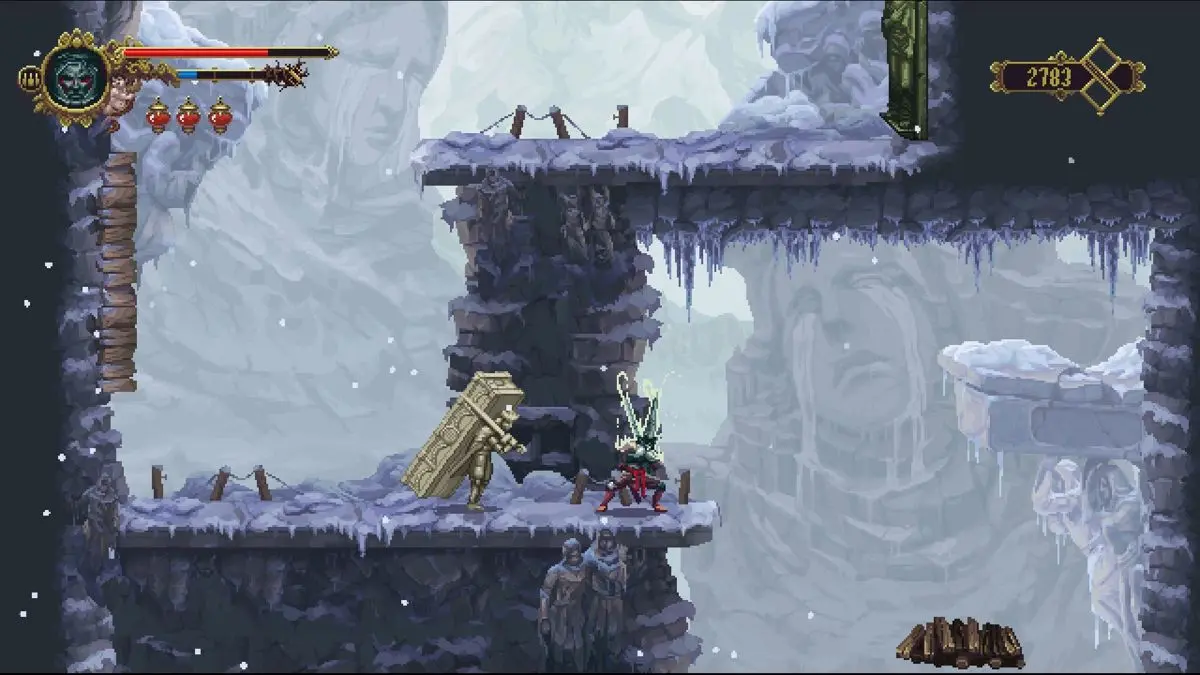Results
Bloodstained: Ritual of the Night
igavania, grindy, hidden areas
Bloodstained: Ritual of the Night is a critically acclaimed Metroidvania-style action-adventure game developed by Koji Igarashi, the godfather of the Igavania subgenre. Drawing inspiration from his work on the iconic Castlevania series, Igarashi has crafted a meticulously designed game that pays homage to the genre's roots while introducing fresh mechanics and elements. The game stands out for its intricate level design, featuring a vast and interconnected castle filled with labyrinthine passages, hidden rooms, and secret shortcuts. Exploration is rewarded with a wealth of power-ups, weapons, and equipment, allowing players to backtrack and access previously inaccessible areas in true Metroidvania fashion. Combat is a central pillar of the experience, with a diverse array of enemies that require strategic positioning and skillful use of various weapons and abilities. Bloodstained boasts a vast arsenal, including swords, spears, whips, and a variety of magical abilities, each with its own unique properties and attack patterns. One of the game's standout features is the Shard system, which allows players to equip and mix-and-match various abilities and passive bonuses, creating unique character builds tailored to their playstyle. This system adds depth and replayability, encouraging experimentation with different shard combinations. Visually, the game showcases a stunning art style, with meticulously crafted backgrounds that capture the gothic horror atmosphere. The attention to detail in the character designs and enemy animations is truly impressive, evoking a sense of nostalgia while maintaining a distinct and modern aesthetic. Overall, Bloodstained: Ritual of the Night is a must-play for fans of the Metroidvania genre, offering a challenging and rewarding experience that pays homage to its roots while introducing fresh ideas and mechanics that solidify its place as a modern classic.
Adventure Time: Hey Ice King! Why'd You Steal Our Garbage?
fantasy, environmental puzzles, bright visuals
"Adventure Time: Hey Ice King! Why'd You Steal Our Garbage?" is a 3D platformer game developed by WayForward Technologies and published by D3Publisher for the Nintendo 3DS and Nintendo DS in 2012. The game is based on the popular Cartoon Network animated series "Adventure Time." The game's story follows the antics of the Ice King, who has stolen various items from the Land of Ooo, including garbage from the Tree Fort belonging to Finn and Jake. As Finn and Jake, players must navigate through various levels and environments, collecting the stolen items and battling against the Ice King's minions. One unique aspect of the game is its use of the 3DS and DS's dual-screen functionality. The top screen displays the main gameplay action, while the bottom screen serves as a map and inventory screen. Players can also use the touch screen to interact with certain objects and puzzles. The game features a mix of platforming, puzzle-solving, and combat mechanics. Players can use Finn's sword and Jake's stretchy powers to overcome obstacles and defeat enemies. The game also incorporates elements of exploration, as players can uncover hidden areas and collectibles throughout the levels. "Hey Ice King! Why'd You Steal Our Garbage?" features a distinctive art style that faithfully captures the quirky and whimsical aesthetic of the "Adventure Time" show. The game's levels are based on various locations from the series, such as the Candy Kingdom, the Ice Kingdom, and the Land of the Dead. While the game received generally positive reviews for its faithful adaptation of the source material and its charming visual style, some critiques noted that the gameplay mechanics could be repetitive at times and that the overall experience was relatively short. Overall, "Adventure Time: Hey Ice King! Why'd You Steal Our Garbage?" is a solid tie-in game that captures the essence of the beloved animated series, offering fans a chance to experience the Land of Ooo in an interactive and engaging way.
Morning Star
wall jump, challenging, collectibles
Morning Star is an atmospheric Metroidvania that plunges you into a mysterious world filled with both haunting darkness and breathtaking beauty. As a cloaked figure with no memory of your past, you wield a powerful weapon and embark on a journey through a vast, interconnected realm. Along the way, you'll uncover secrets, confront terrifying creatures, and piece together a story that forces you to question your identity.h
Feudal Alloy
low fantasy, grindy, pixel art
No synopsis available.
Salt and Sanctuary
platformer, low fantasy, high fantasy
Salt and Sanctuary is a challenging 2D action-platformer with a deep, interconnected world and Souls-like combat. Players must navigate a mysterious, hand-drawn world, overcome treacherous foes, and uncover the secrets of a forgotten land.
Treasure Hunter Man 2
environmental puzzles, double jump, wall jump
Treasure Hunter Man 2 (2015) is a sequel to the popular action-platformer Treasure Hunter Man. While retaining the core mechanics of its predecessor, the game introduces several new elements that add depth and complexity to the gameplay experience. One notable addition is the introduction of an expansive overworld map, allowing players to explore a vast interconnected world filled with hidden secrets and optional challenges. This overworld seamlessly transitions into distinct levels, each with its own unique theme and environmental hazards. The game features an expanded arsenal of weapons and gadgets, enabling players to approach combat and puzzle-solving in more dynamic ways. From grappling hooks that aid in traversal to explosive devices that can demolish obstacles, the variety of tools encourages experimentation and strategic thinking. Treasure Hunter Man 2 also boasts a more robust narrative compared to its predecessor. The storyline is driven by a cast of memorable characters, each with their own motivations and backstories. Players will encounter allies and adversaries alike, adding depth to the overall experience. Furthermore, the game introduces a robust crafting system that allows players to combine materials found throughout the world to create useful items or upgrade their existing equipment. This mechanic encourages exploration and resource management, adding an additional layer of complexity to the gameplay loop. In terms of visuals, Treasure Hunter Man 2 features a vibrant and colorful art style, with detailed environments and character models. The game's soundtrack is equally impressive, with a dynamic score that adapts to the player's actions, creating an immersive auditory experience. Overall, Treasure Hunter Man 2 builds upon the foundation laid by its predecessor, offering a more expansive, challenging, and narratively rich experience for fans of the action-platformer genre.
Iconoclasts
environmental puzzles, pixel art, challenging
Iconoclasts is a metroidvania-style action-platformer developed by Joakim Sandberg, a single developer who worked on the game for over seven years. While it follows many of the genre conventions, such as nonlinear level design and ability-gated progression, Iconoclasts stands out for its compelling narrative and world-building. The game takes place in a dystopian steampunk world where religious zealots rule with an iron fist, oppressing anyone who dares to question their dogma or tinker with technology. You play as Robin, a skilled mechanic who becomes embroiled in a rebellion against the tyrannical regime. The story tackles mature themes of religion, morality, and the consequences of blind obedience, exploring them with nuance and depth rarely seen in the genre. Iconoclasts' pixel art aesthetic is stunning, with intricate details and animations that bring the world to life. The character designs are particularly noteworthy, with each NPC displaying distinct personalities through their appearances and mannerisms. The game's soundtrack, composed by Joakim Sandberg himself, is equally impressive, featuring a diverse array of tracks that complement the various environments and moods. Combat in Iconoclasts is a highlight, with Robin's wrench serving as a versatile weapon that can be charged and fired in various directions. Additionally, she can upgrade her arsenal with unique weapons and tools, encouraging experimentation and strategy. Boss battles are epic affairs, often requiring players to carefully study attack patterns and exploit environmental hazards. While Iconoclasts excels in many areas, it does have a few notable drawbacks. The game's difficulty can be unforgiving at times, with some bosses and platforming sections feeling overly punishing. Additionally, the backtracking required to progress can become tedious, especially in later stages. Overall, Iconoclasts is a remarkable achievement, showcasing the talent and dedication of its solo developer. Its thought-provoking narrative, stunning visuals, and tight gameplay make it a standout entry in the metroidvania genre, and a must-play for fans of the style.
Teslagrad
environmental puzzles, pixel art, hidden areas
Teslagrad is a visually striking 2D puzzle-platformer that draws inspiration from steampunk aesthetics and electromagnetic principles. Developed by Rain Games, the title stands out for its unique gameplay mechanic revolving around the manipulation of magnetic fields. The game's world is a beautifully hand-drawn, industrial-themed environment filled with intricate machinery and enigmatic devices. Players take on the role of a young protagonist who possesses the ability to control and redirect electromagnetic forces using a specialized glove. Puzzle-solving is at the core of Teslagrad's gameplay, and it's here that the game shines. Players must strategically utilize the magnetic glove to interact with various metallic objects and contraptions, creating pathways, activating mechanisms, and overcoming obstacles. The puzzles are cleverly designed, often requiring players to think outside the box and experiment with the magnetic forces in creative ways. One of Teslagrad's standout features is its emphasis on non-linear exploration. The game world is interconnected, with multiple paths and hidden areas to discover. Players are encouraged to backtrack and revisit previously inaccessible areas as they acquire new abilities or tools, uncovering secrets and optional challenges along the way. The game's artistic direction is truly remarkable, with a striking hand-drawn aesthetic that blends steampunk and Eastern European influences. The detailed environments and character designs are complemented by an atmospheric soundtrack that adds to the game's immersive atmosphere. While Teslagrad is a relatively short experience, it offers a memorable and thought-provoking journey. The narrative is conveyed primarily through environmental storytelling and visual cues, leaving much of the interpretation up to the player's imagination. Overall, Teslagrad is a unique and visually captivating puzzle-platformer that stands out for its innovative magnetic gameplay mechanic, intricate puzzles, and stunning hand-drawn art style. It's a game that rewards patience, observation, and creative problem-solving, making it a must-play for fans of the genre.
Legacy of the Wizard
fantasy, environmental puzzles, hidden areas
Legacy of the Wizard, released in 1987 for the Nintendo Entertainment System, is a unique blend of action and puzzle-solving elements, set in a fantasy world. Developed by Sculptured Software and published by Broderbund, the game stood out with its innovative gameplay mechanics and challenging level design. One of the game's standout features was its emphasis on exploration and environmental manipulation. Players assumed the role of a wizard, tasked with navigating intricate dungeons and solving puzzles to progress. Unlike many contemporaneous action games, Legacy of the Wizard required a thoughtful approach, as simply hacking and slashing wouldn't suffice. The game's puzzles were cleverly integrated into the environment, often requiring players to manipulate objects, trigger switches, or use specific spells to overcome obstacles. This added an extra layer of depth and complexity, as players had to carefully observe their surroundings and think critically to proceed. Another noteworthy aspect of Legacy of the Wizard was its innovative spell system. Players could learn and cast various spells, each with unique abilities and applications. These spells not only served as weapons against enemies but also as tools for solving puzzles, adding a strategic element to the gameplay. The game's level design was meticulously crafted, with each dungeon presenting a fresh challenge and requiring players to adapt their strategies. Secret passages, hidden rooms, and unexpected traps kept players on their toes, encouraging exploration and rewarding observant players. Legacy of the Wizard's graphics were impressive for their time, with detailed environments and character sprites that brought the fantasy world to life. The game's soundtrack, composed by David Warhol, was equally noteworthy, creating an immersive and atmospheric experience. While not a commercial success upon its initial release, Legacy of the Wizard gained a cult following among NES enthusiasts and gamers who appreciated its unique gameplay mechanics and challenging puzzles. It remains a beloved classic and a testament to the creativity and innovation that defined the golden era of NES gaming.
Blasphemous
platformer, low fantasy, grindy
Blasphemous is a challenging and atmospheric 2D action-platformer set in the dark, gothic world of Orthodoxia. Players take on the role of the Penitent One, a mysterious and tormented figure, on a quest to uncover the secrets of the Miracle and put an end to the endless cycle of death and rebirth.
Filters
Search Term
Properties
Platforms
Tags (include)
Tags (exclude)
Get Your Game Noticed
Advertise your game with MetroidvaniaDB and reach a community of people who know exactly what they're looking for:
Your game.
Native & Banner Ad Spots
Multi-week Discounts
Game Launch Packages
Discounts for Indie Developers


